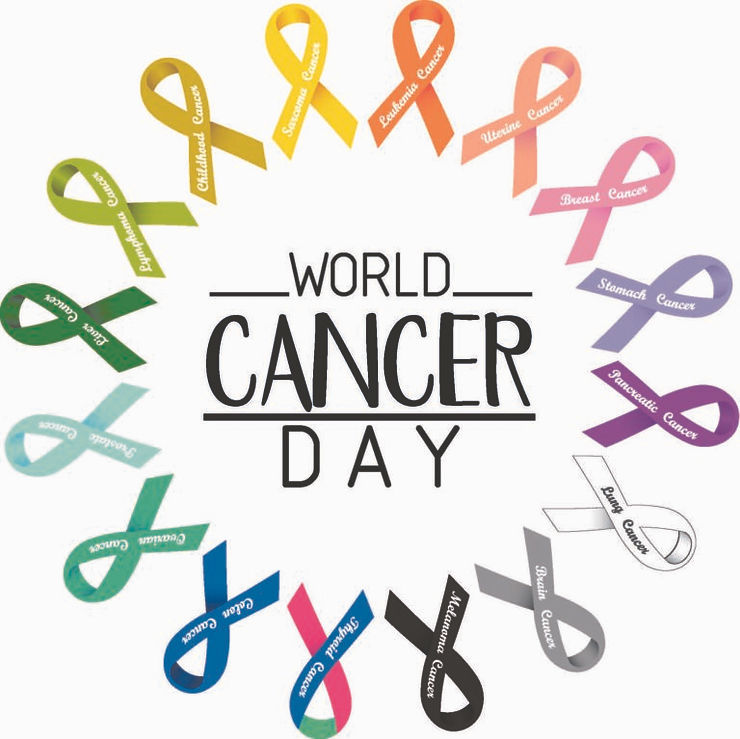
World Cancer Day: Realizing the Problem
World Cancer Day: Realizing the Problem
Here at Libertana, client health is our utmost priority. We believe that information is the best tool to protect and serve our community. With February 4th marking World Cancer Day, we would like to participate by highlighting this year’s cancer campaign and providing resources to better understand the historical and current significance of this day.

History of World Cancer Day
Government officials and cancer agencies from around the globe met at the World Summit Against Cancer in Paris 22 years ago and marked February 4th “World Cancer Day.” On that day, attendees signed the Charter of Paris Against Cancer, an agreement to uphold higher standards of care for cancer patients globally, as well as continue further research into cancer prevention and treatment. The International Union Against Cancer (UICC) now spearheads World Cancer Day in collaboration with other international organizations. Each year, the UICC launches new themes and campaigns which strive to increase cancer awareness through events and informational tools.
This Year’s Theme
This year’s theme is “Close the Care Gap,” a three-part campaign running from now and until 2024. Each year has a different aim. 2022’s theme is “Realizing the Problem,” with 2023 focusing on taking action and uniting communities, and 2024 bringing the issues to the powers that be.
‘Realizing the problem’ begins with education: cancer resources, prevention, and treatment are often inaccessible to those at economic, social, and geographical disadvantages. The way the care gap can be measured is through ‘cancer disparities,’ or cancer measures. Cancer disparities include “incidence (new cases), prevalence (all existing cases), mortality (deaths), survival (how long people survive after diagnosis), morbidity (cancer-related health complications), survivorship (including quality of life after cancer treatment), financial burden of cancer or related health conditions, screening rates, and stage at diagnosis.”
Some factors causing disparities are:
- Those with little access to reliable healthcare may suffer from late-stage cancer that could have been treated more effectively early with easy access to reliable healthcare.
- Communities lacking in clean water, air, and other environmental conditions are at higher risk for cancer diagnosis.
- Those living in unsafe areas may opt out of exercise, and inactivity is a risk for cancer.
- Areas lacking accessible healthy foods can put community members at risk for obesity and poor diet habits, which are also risk factors for cancer.
Some measured mortality disparities include:
- Black people have higher cancer fatality rates than other racial/ethnic groups.
- Less-educated people are more likely to pass at a young age from colorectal cancer than highly educated people.
- American Indians/Alaskan Natives have the highest death rates over all other racial/ethnic groups.
- Black men are twice as likely to die of prostate cancer than white men.
Some Good News
- There was a 32% drop in cancer fatalities from 1991 to 2019.
- With advancements in the early detection of lung cancer, by 2018, 31 out of 100 diagnosed people were able to live at least 3 years past their diagnosis (as compared to 21 out of 100 diagnosed people in 2004).
- Detection of liver cancer, which was rapidly increasing in recent years, has finally stabilized.
While cancer can be a daunting conversation, it is a necessary one. Libertana believes in UICC’s mission and hopes that by sharing information about disparities in cancer care, we create awareness around resources and breed future change in care access and education. Below are some helpful resources for further information.
Why Social Inequalities Allow Cancer Disparities to Continue

